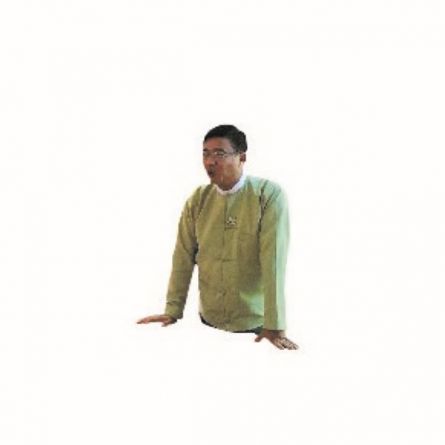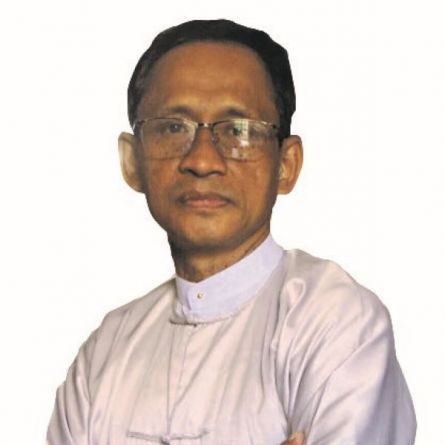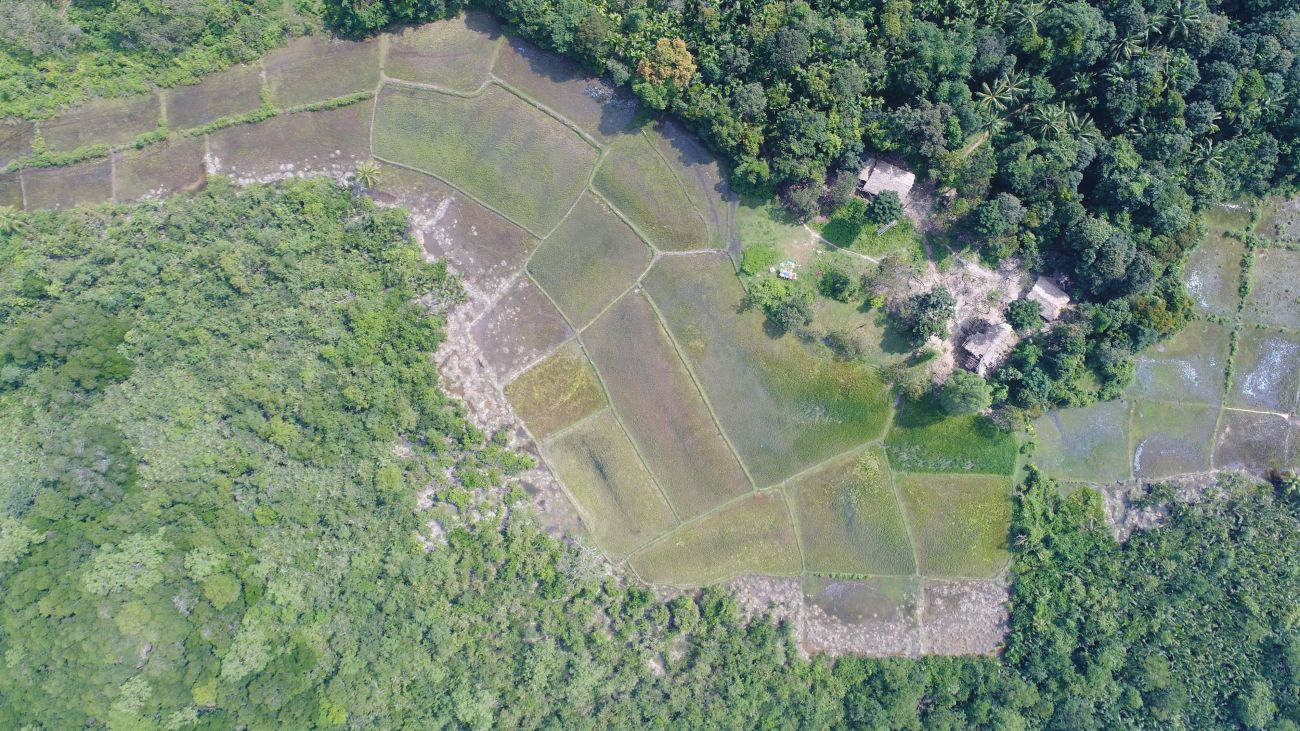
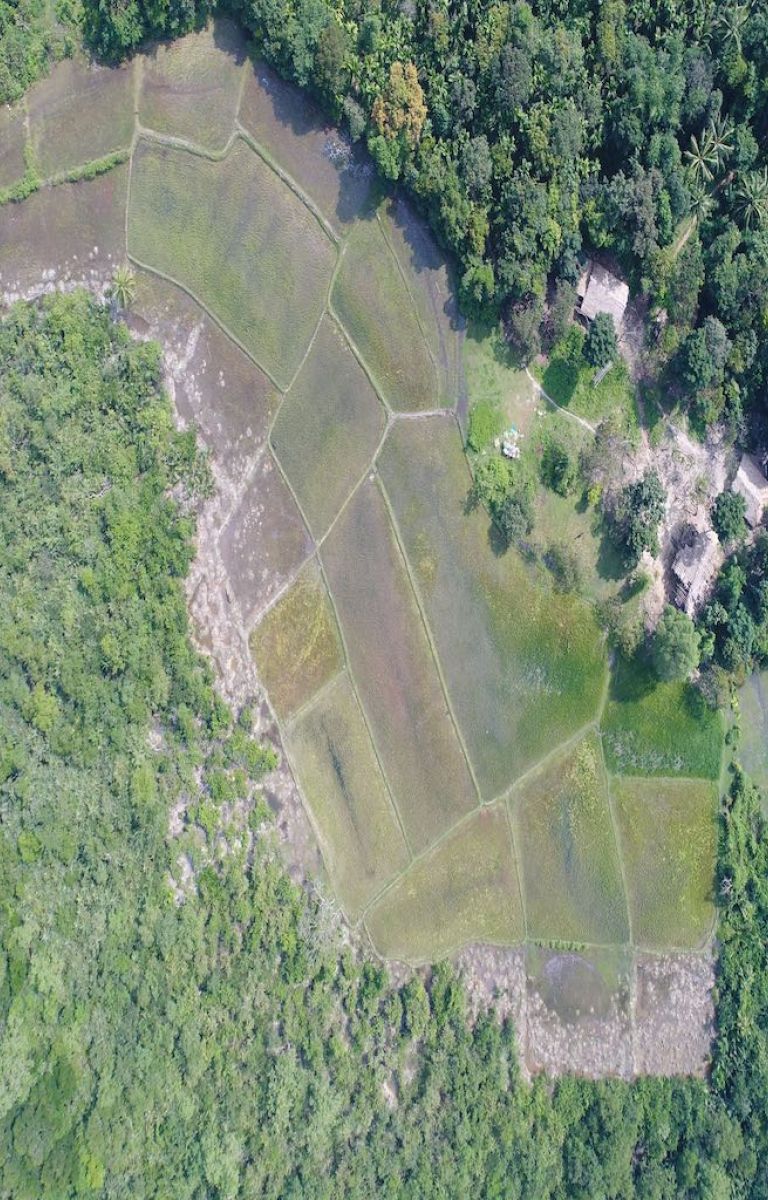
The Dawna Tenasserim is one of Myanmar’s most productive and most threatened landscapes. This transboundary landscape of 4.7 million hectares stretches across the Dawna and the Tenasserim mountain ranges, the Malay Peninsula and into Thailand. The Mergui Archipelago contains more than 800 islands and the largest remaining mangroves in Myanmar. The lowland evergreen forest, an Indo Burma biodiversity hotspot, harbours globally significant populations of tigers, leopards and dhole. The Dawna Tenasserim is home to the Burma, Karen, Mon, Rakhine, Pao, Salone and Malay (Bashu) ethnic groups as well as thousands of refugees and internally displaced people. Investments in securing land tenure and good forest governance would help ensure all communities share equitably the benefits derived from the Dawna Tenasserim. This will lay the foundations for democracy and lasting peace in a landscape currently at a political and environmental juncture.
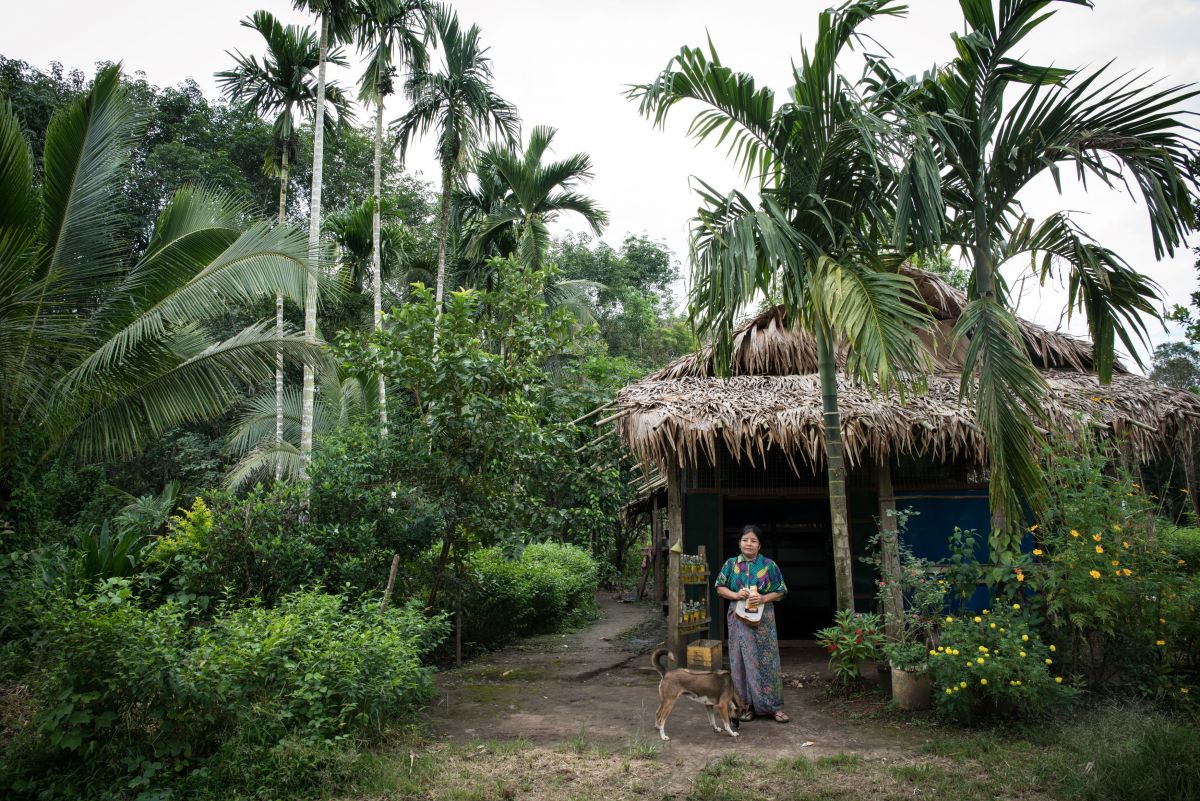
Dawna Tenasserim by numbers
-
Total area of landscape: 4,737,323 hectares
-
Forest cover: 65 percent
-
Population: 5,000,000
-
Poverty rate: 33 percent
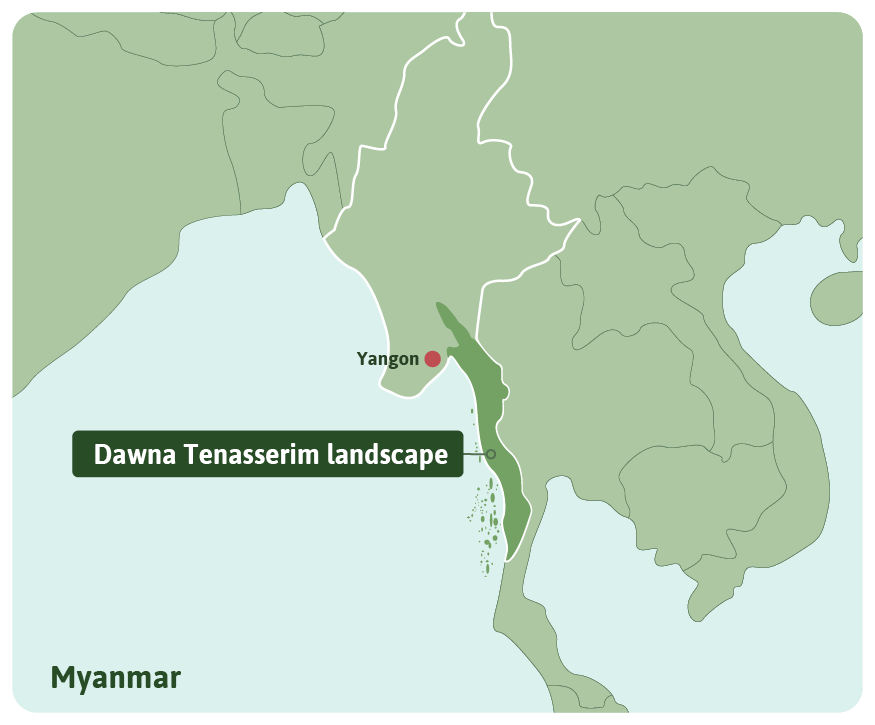
Entry points for investment to achieve the SDGs
-
Formalizing local communities' rights to manage forests
-
Fostering multi-stakeholder participation in establishing zones and guidelines for sustainable management of natural resources
-
Supporting the development of inclusive forest-based business opportunities for women and other marginalized groups
The Dawna Tenasserim landscape in Myanmar and the people and biodiversity it shelters are threatened by mangrove destruction, insecure land tenure and conflict. Empowered local communities must lead the sustainable development and the protection of the landscape, and at RECOFTC we have the vision, skill, relationships and experience to support their leadership. Since 2015, we have helped the people of Dawna Tenasserim build their capacity to secure their land tenure and resource rights, govern and manage their lands and improve their livelihoods. Today, there are tremendous new opportunities to further support local communities, government, civil society and the private sector to overcome these threats. We offer three entry points for action that will foster prosperous communities and a thriving landscape by capitalizing on the ambitions of the local people, our experience in Dawna Tenasserim and the work of many other organizations. Through investments in Dawna Tenasserim we can contribute to achieving the Sustainable Development Goals of the United Nations 2030 Agenda. By 2030, we can lift more than 1,000 people out of poverty, empower 6,000 women to take active roles in decision-making, strengthen the capacity of more than 2,000 people to adapt to climate change and foster sustainable management of 200,000 hectares of forest. We can improve market access for more than 20 community-based enterprises through business partnerships. And by securing land rights, we can enable Myanmar to foster good forest governance and mitigate and adapt to climate change.
Challenges
Climate
- Illegal logging and land encroachment drive deforestation and make local communities more vulnerable to the effects of climate change.
- The deforestation of mangrove forests in the landscape is happening at three times the rate of inland forests.
- Flooding and landslides after heavy rains lead to fatalities and displacement.
Livelihoods
-
Annual income per capita is less than 1,500 US dollars.
-
People are leaving their communities for higher wages as agricultural prices decline.
Governance
- In 2001, Myanmar adopted a 30-year forestry master plan but its capacity to enforce laws and protect the landscape remain weak.
- Few mult-stakeholder platforms exist for dialogue, decision-making and conflict resolution due to the presence of ethnic armed groups.
- The government has reached only 32 percent of its 2031 target of establishing community forestry.
Social inclusion
- The Dawna Tenasserim landscape is home to 6,000 refugees and 70,000 internally displaced people who do not have land tenure.
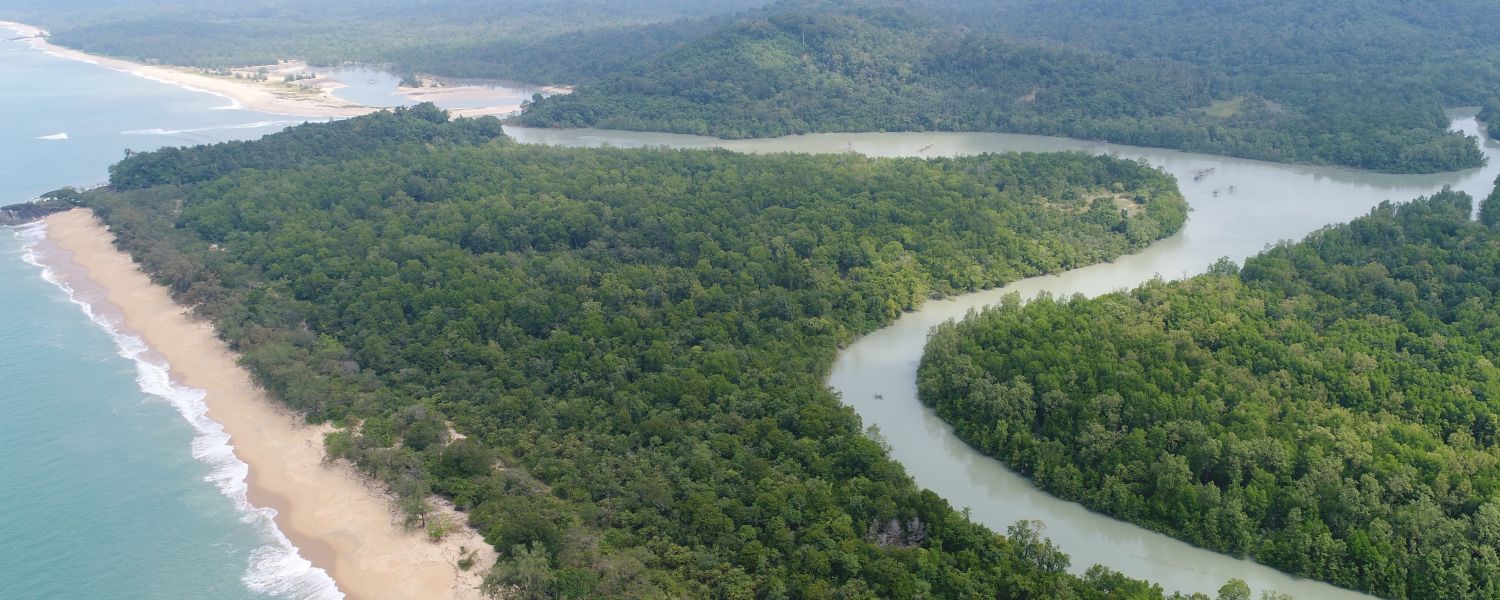
Partners
Local communities
- Ninety percent of local communities rely on forests for food, medicine, water and materials for making handicrafts.
- Eighty-five community groups manage less than 0.4 percent of the total forest area in the landscape.
Government
- More than 60 percent of forest land amounting to 1.4 million hectares of the landscape are protected.
- Existing rules and laws permit the government to grant land concessions to private companies for mining, agriculture and forestry.
- National, regional and district government agencies play a leading role in managing the landscape.
Private sector
- Fifty-two companies manage 768,903 hectares of agribusiness concessions, the highest concentration in Myanmar, with activities including mining, forestry, palm oil and rubber plantations, home agriculture for nuts and fruits, and aquaculture.
Civil society
- More than 100 civil society organizations working on environmental issues partner with the government, international organizations and local communities to implement community forestry laws and international initiatives such as the Forest Law Enforcement, Governance and Trade of the European Union (FLEGT).
Our experience in Dawna Tenasserim and Myanmar
Since 2015, RECOFTC has supported communities to secure their tenure rights and ensure a healthy and resilient Dawna Tenasserim landscape. Through our work we have become a leading voice in community forestry, recognized and trusted by local communities, the forestry administration, local authorities and civil society. We have:
- Trained 622 people, 20 percent of them women, to manage community forests
- Piloted credit schemes in eight communities
- Enabled local communities to secure low-interest loans to improve their livelihoods, establish new businesses, improve agricultural practices and fund the protection and management of community forests
- Helped local communities, authorities and forestry officials share information, concerns and experience on community forests by setting up and developing local and regional community forest networks
- Raised awareness of and built capacity for a Voluntary Partnership Agreement under the FLEGT initiative of the European Union
In 2013, Myanmar’s Forestry Department signed a Memorandum of Understanding with RECOFTC. Since then, we have:
- Secured land tenure rights in almost 100 villages
- Trained more than 7,900 people in the sustainable management of natural resources, more than 25 percent of them women, and more than 75 percent members of the local community
- Worked with and strengthened the capacity of more than 1,000 representatives of civil society and government


